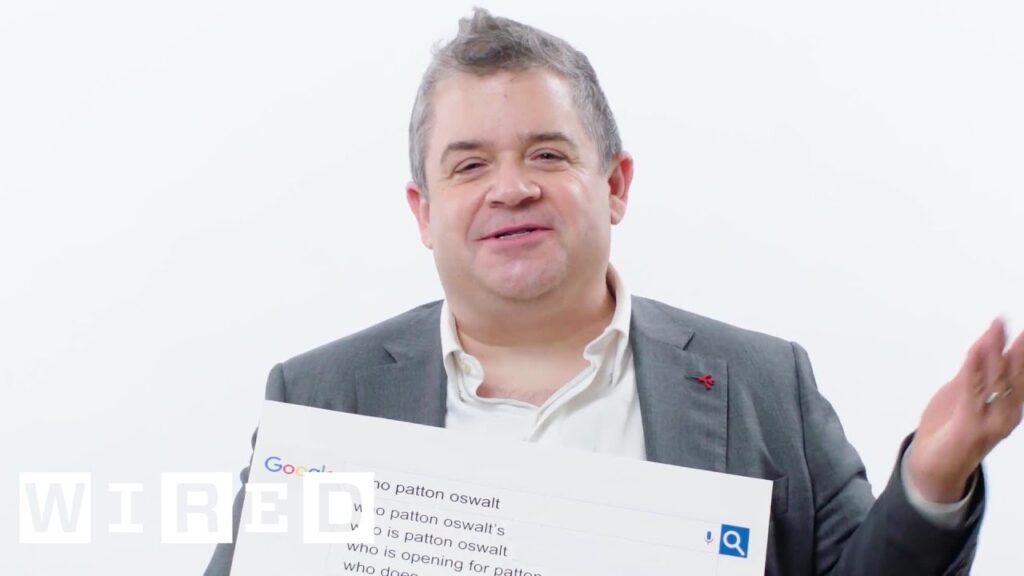The Science and Techniques Behind Professional Freediving
Summary
Have you ever wondered how professional freedivers can hold their breath underwater for many minutes? In this article, we delve into the science behind breath holding and the techniques that elite freedivers use to stay underwater for so long. We also explore some of the risks associated with breath holding, and the importance of practicing with professional supervision.
Table of Contents
- Why can some people hold their breath for longer than others?
- What is lung packing and how does it work?
- What is the mammalian diving reflex and how does it help with breath holding?
- What are some techniques that freedivers use to calm themselves before a dive?
- What are the risks associated with breath holding, and how can they be mitigated?
Why can some people hold their breath for longer than others?
According to Peter Lindholm, a physician researcher at Sweden’s Karolinska Institut, some people are just physically gifted in terms of lung size and blood volume. The average human has a total lung capacity of between four and six liters, but many top freedivers have lung capacities of 10 liters or more. While genetics play a role, training can also increase lung capacity and efficiency.
What is lung packing and how does it work?
Lung packing is the technique of using the muscles of the mouth and throat to overfill the lungs with air. Elite freedivers use this technique to expand their lungs several liters beyond their normal capacity. While lung packing can increase the amount of oxygen available for use, it can also be harmful and potentially tear lung tissues if done incorrectly.
What is the mammalian diving reflex and how does it help with breath holding?
The mammalian diving reflex is a physiological response that causes the heart rate to slow down when a person holds their breath. This response is amplified when cold water is applied to the face, which activates the trigeminal nerve and signals the autonomic nervous system to slow the heart rate even further. By reducing oxygen consumption, the body can conserve oxygen for use by the brain and other essential organs.
What are some techniques that freedivers use to calm themselves before a dive?
Freedivers use a series of slow, controlled inhalations called a “breathe-up” to relax and purge their lungs of carbon dioxide before a dive. They also focus on diaphragmatic breathing to fill their lungs with as much oxygen as possible. It is essential to relax every part of the body to ensure that the heart rate remains low and oxygen consumption is minimal.
What are the risks associated with breath holding, and how can they be mitigated?
Purging too hard before a dive or attempting to hold your breath without proper training can be hazardous or deadly. It can lead to blackouts or lung tissue damage. Therefore, it is essential to practice with professional supervision and to follow safety guidelines such as using a buddy system and having a spotter present.
Conclusion
In conclusion, professional freedivers can hold their breath for extended periods due to their lung size, slow metabolisms, and the mammalian diving reflex. They also use lung packing, diaphragmatic breathing, and relaxation techniques to prepare their bodies for extended breath holding. However, it is crucial to approach breath holding with caution and to practice under professional supervision to avoid potential harm.







